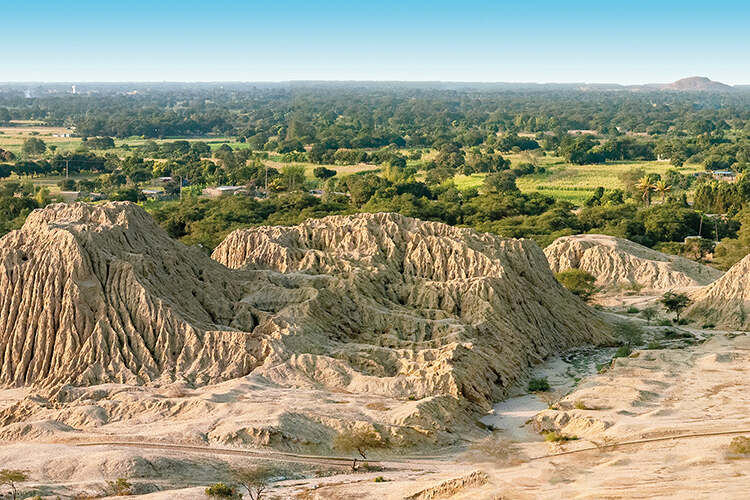
Hot arid desert zone along the coasts of Peru and Chile is being eroded
Peru is going green, but it’s not good news. Over the past two decades, researchers at the Cavendish Laboratory in Cambridge have conducted a thorough analysis of changes in vegetation along the Pacific coast of Peru and northern Chile, a region known for its distinctive and delicate arid and semi-arid ecosystems.
Looking at satellite data, the researchers were surprised to discover a substantial increase in vegetation across a vast section of the western slope of the Andes, stretching about 2,000 kilometres from northern Peru to northern Chile.
Hugo Lepage, a mathematician at the Cavendish Laboratory, explains that the greening strip in northern Peru primarily exists within the climate zone classified as hot arid desert.
Although the specific cause and consequences of this greening phenomenon remain unknown, any substantial change in the vegetation will inevitably have a significant impact on the ecosystems of the Pacific Slope, which plays a vital role in supplying water to two-thirds of Peru and is also the primary source of the nation’s food. Lepage described their discovery as a warning sign, akin to the canary in a coal mine.




